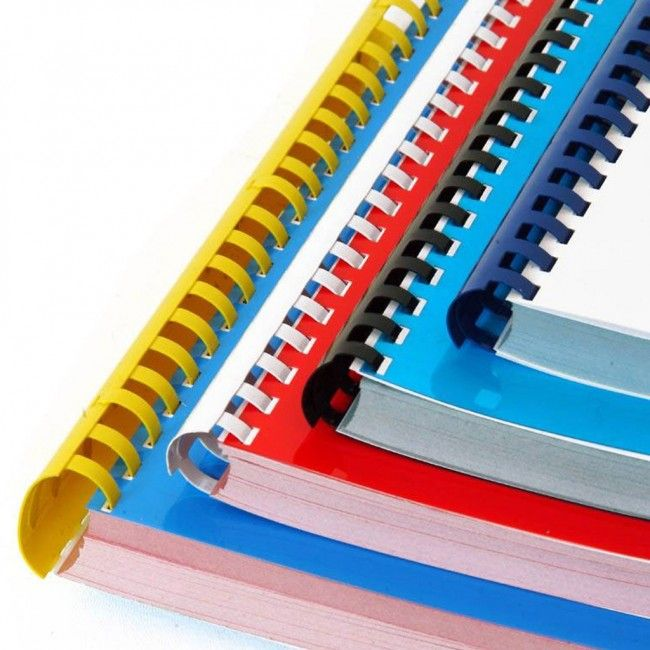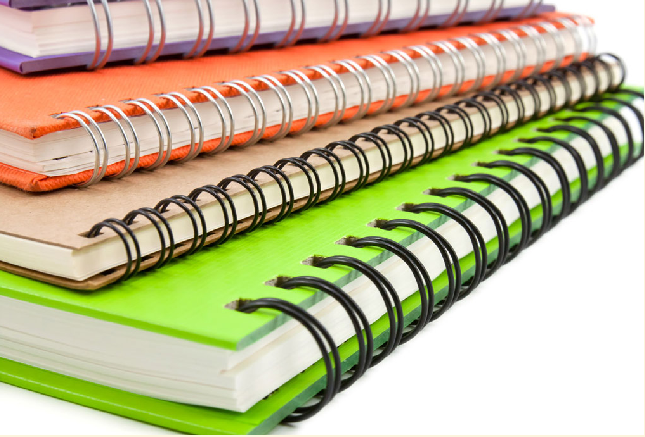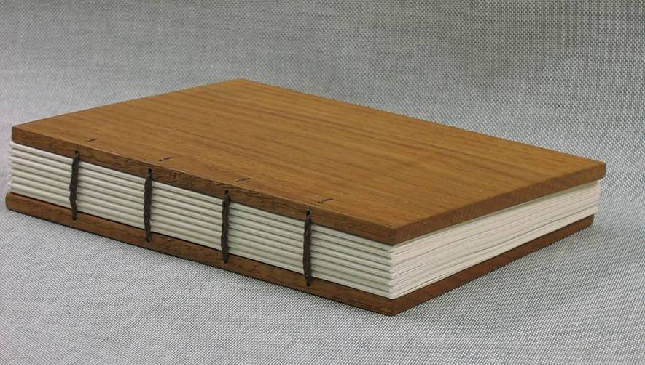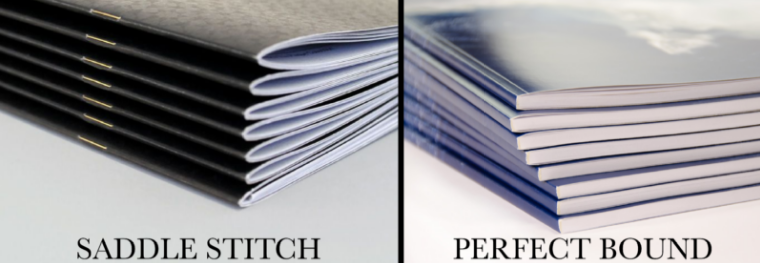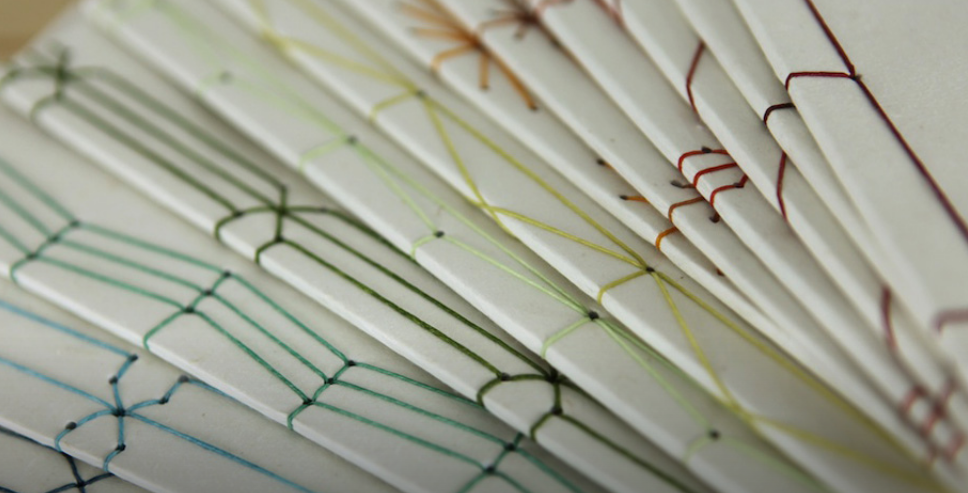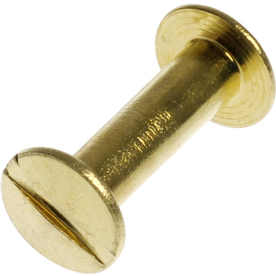There are several ways to assemble a book. The binding method is the main difference.
Buy a sketch book, then create your Nature Study on the pages of the sketch book.
Plastic Comb binding
Educational Resource Center (?) on the 3rd floor of the School of Education building. Self-serve binding.
a) Complete all of the pages of your book — including any protective plastic cover and/or heavy backing.
b) Figure out what size and color of binding you need. Bindings vary in length and in thickness, or diameter.
c) Buy it — usually a dollar, or so, from the Educ. Resource Center.
d) Use their specialized hole-punch to prepare your pages for binding.
e) Use their specialized binder to slip the plastic comb into your pages, binding your book!
Plastic Comb Binding
Wire binding
Quality Printing and possibly the HU Media Center offer wire binding options. They might be able to do the job while you wait, but plan on giving them at least a day. Cost is usually a few dollars for a single binding.
a) Complete all of the pages of your book — including any protective plastic cover and/or heavy backing.
b) Figure out what size and color of binding you need. Bindings vary in thickness, or diameter.
c) Arrange to have the binding done. Drop it off. Wait til it is done (patiently). Then pick it up.
Wire Binding
Sewn Binding
There is a long tradition of sewn book bindings — the best quality, leather-bound books are still sewn together.
Instructions/Tutorials on sewn bindings: sewn binding | intro | all things bookbinding (including several online (old) books on book-making | detailed traditional sewn binding | binding | Wikipedia | WikiHow | WikiHow Sketchbook | Techique w. hardcover | Extensive Videos on Bookbinding & Repair |
Nicely illustrated simple sewn binding | Several Illustrated Tutorials - Coptic, Longstitch |
Coptic binding
Creative Binding Options:
Twine, electrical wire, yarn have all been used. The goal of a creative binding method is to better express the book's concept — to create a "complete package".
Most any binding methods that address the following priorities is fine.
Traditional Bookbinding Techniques:
Perfect Binding Tutorial
Uses glue (Elmer’s type PVA glue) instead of thread or staples
Saddle Stitch With Thread: a very good tutorial video.
Saddle Stitch: tutorial video | Stitched Pamphlet Book
Saddle Stitch TutorialSaddle Stitch With Staples: tutorial video
(note: the Advanced Graphic Design studio should have a long-armed stapler used for saddle stitching.)
Dos-a-Dos Saddle Stitched Book (OK video) for a book with sections facing in alternate direction.
Alt Dos-a-Dos binding |
Coptic Stitch Binding Tutorial: Useful for books with many pages, OR for books with very few pages but very heavy paper.
PDF of complete traditional book-making steps.
Coptic Stitch Sketchbook Tutorial
Japanese Stab Stitch Bookbinding Tutorial: 4-Hole
(Try using a hammer & nail or a drill if you don’t have a proper bookbinding awl.)
Variation “Asa-no-ha Toji” (A Japanese Stab stitch with more decorative, elaborate stitch pattern.)
Make a bookcover from a recycled box
Japanese Stab Binding Toroise Stitch — very similar pattern to Asa-no-ha Toji
Post Screws (above right) offer a simple solution for thick-stock books.
Score a crease in thick pages so the page can fold properly, then cut or drill holes for screw posts.
Screw Posts for Binding. These are available at Lowe's in the aisle with endless screws, nuts and bolts. They come in varied lengths.
Tutorial | Tutorial |
